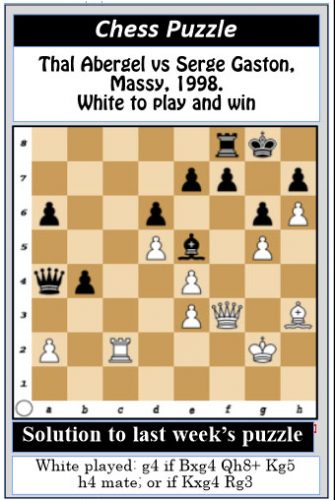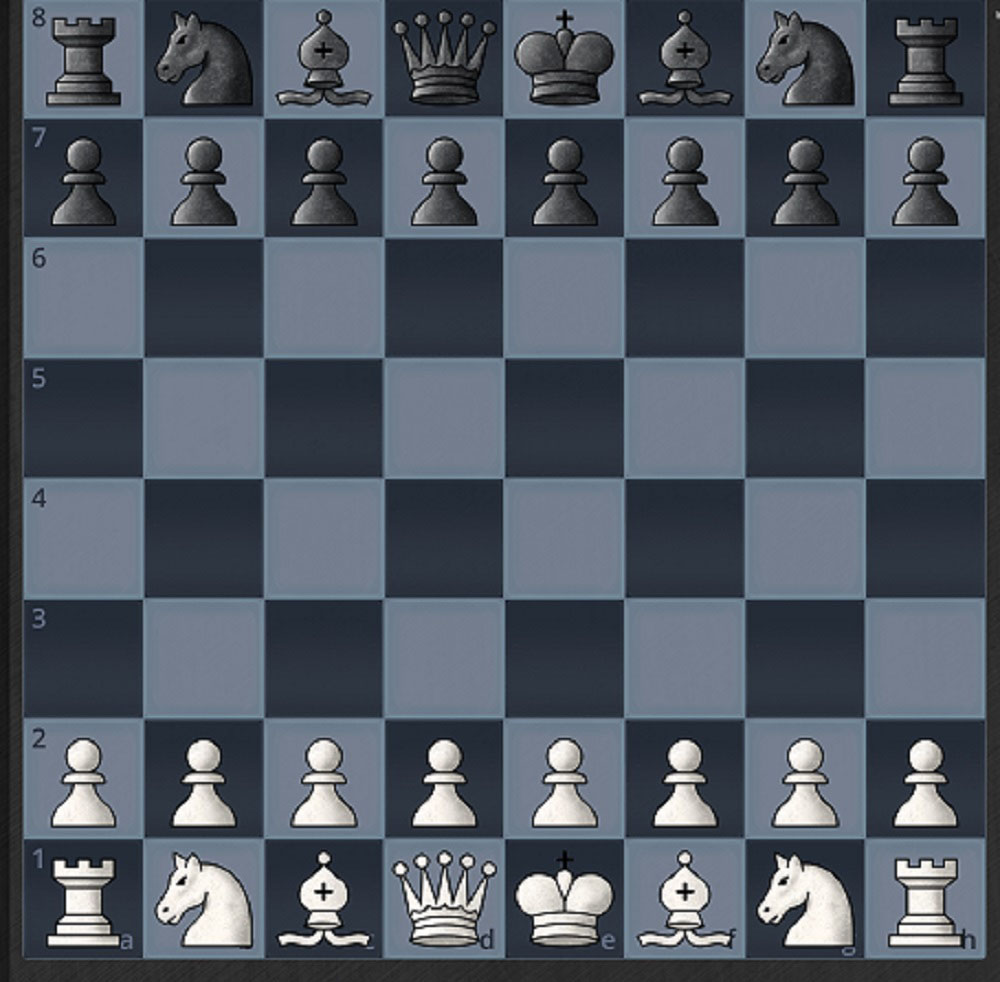 As we navigate this unusual time, some people are taking the opportunity to learn new things. Playing chess could be among your newfound skills when this is all over. This week, the column presents an introduction to chess.
As we navigate this unusual time, some people are taking the opportunity to learn new things. Playing chess could be among your newfound skills when this is all over. This week, the column presents an introduction to chess.
Chess first appeared in India in the seventh century AD, so it is very old. In ancient tombs, certain pieces were found which archaeologists assure us constituted a form of chess.
Originally, it was a game of war. It was called Chaturanga and it rapidly made its way to Persia and Arabia. Some of the Arab terminology remains to this day. For example, the word checkmate comes from the Persian shah mat, with shah meaning king and mat meaning helpless or lost.
The oldest recorded game, according to H J R Murray, was played in the first half of the tenth century between Abu-Bakr Muhammad and his pupil Abu’l-Faraj al-Muzaffar. The game was discovered in a manuscript and was deciphered and translated. The rules of chess differed then in several instances. Pawns could advance only one square at a time and could promote only to a Queen. The Bishop could only advance two squares at a time and similar to the Knight could pass over an occupied square. The Queen could move only one square diagonally and there was no castling.
A chess set is integral to the pursuit of chess. A person can play the game via the internet but owning a chess set is vital for practice before testing the net. Further information can be obtained from the Guyana Chess Federation, which can point interested persons to local tutors after things return to normalcy.
In the meantime, the diagram on this page depicts the start position of a chess game. The game is played on a checkerboard of 64 squares similar to draughts or checkers. You will notice that the white squares are always on the right-hand side.
 Chess is a game for two players, each of whom moves his 16 pieces according to fixed rules. Each player tries to checkmate his opponent’s king. On the back or second rank of the chessboard, the chess pieces are arranged as follows starting from left: Rook, Knight, Bishop, Queen, King, Bishop, Knight, Rook. On the first rank of the board, there are pawns. One word of caution when arranging the pieces: while the pieces and pawns are placed directly opposite to each other, the white Queen goes on a white square, and the black Queen goes on a black square.
Chess is a game for two players, each of whom moves his 16 pieces according to fixed rules. Each player tries to checkmate his opponent’s king. On the back or second rank of the chessboard, the chess pieces are arranged as follows starting from left: Rook, Knight, Bishop, Queen, King, Bishop, Knight, Rook. On the first rank of the board, there are pawns. One word of caution when arranging the pieces: while the pieces and pawns are placed directly opposite to each other, the white Queen goes on a white square, and the black Queen goes on a black square.









